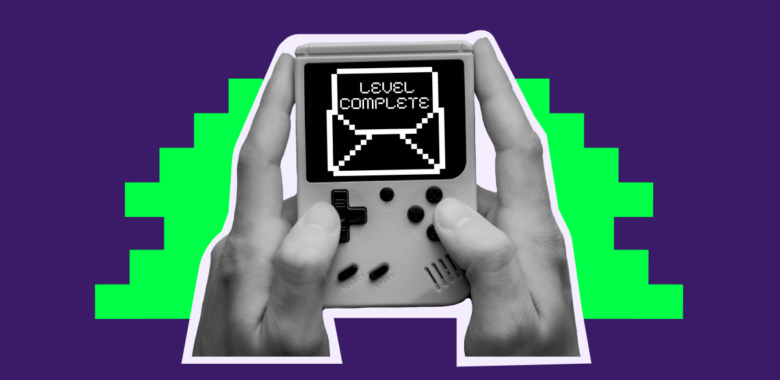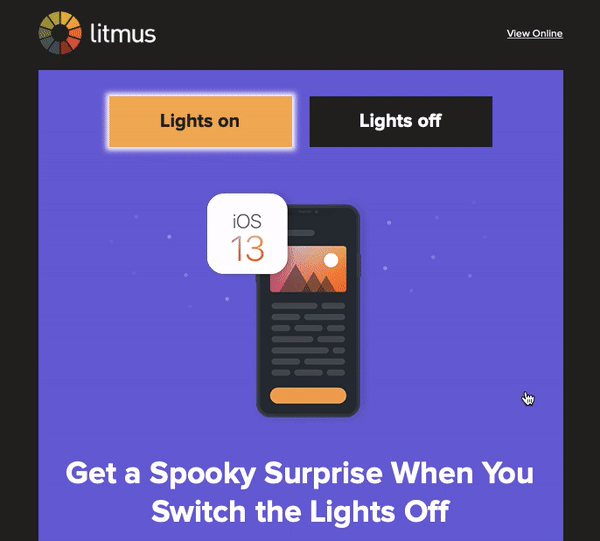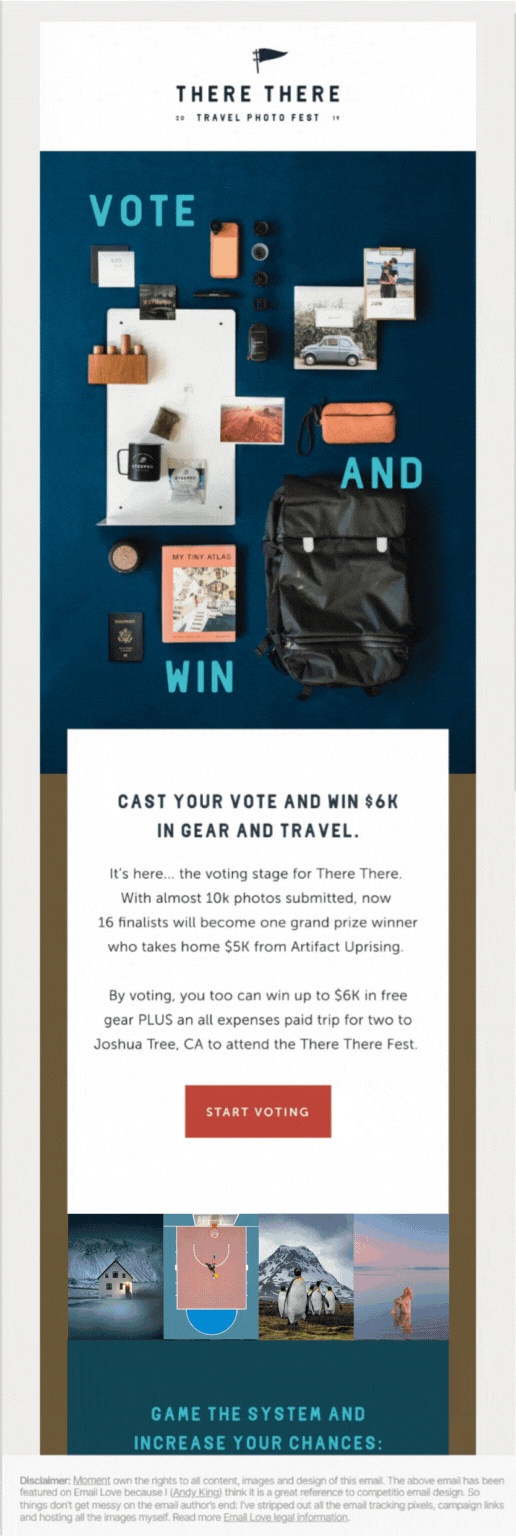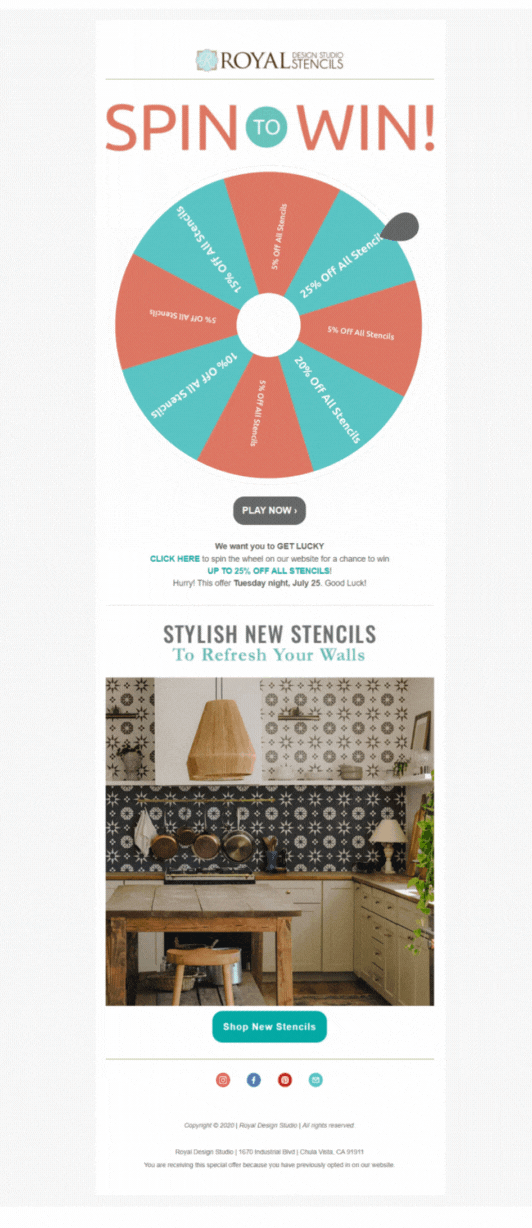What is gamification in email marketing?
Gamification is introducing game mechanics into products and services that are not games. This includes:
- Points and levels as success indicators
- Goals and challenges
- Rewards for completing tasks
- Leaderboards to create a competitive spirit
- …and more
Gamification is a common phenomenon in mobile apps. For example, Duolingo motivates its users to learn languages with competition and rewards. And Habitica turned a to-do list into an RPG so you can, as the tagline says, “gamify your life”.
The tagline is not wrong: you can gamify anything — including your marketing emails. Of course, we don’t suggest putting an entire RPG into an email. However, email as a medium provides many opportunities for simpler and smaller — but still efficient! — games. Game mechanics that are suitable for emails include challenges, lotteries, simple word games, quizzes, and more — we’ll discuss that later.



























